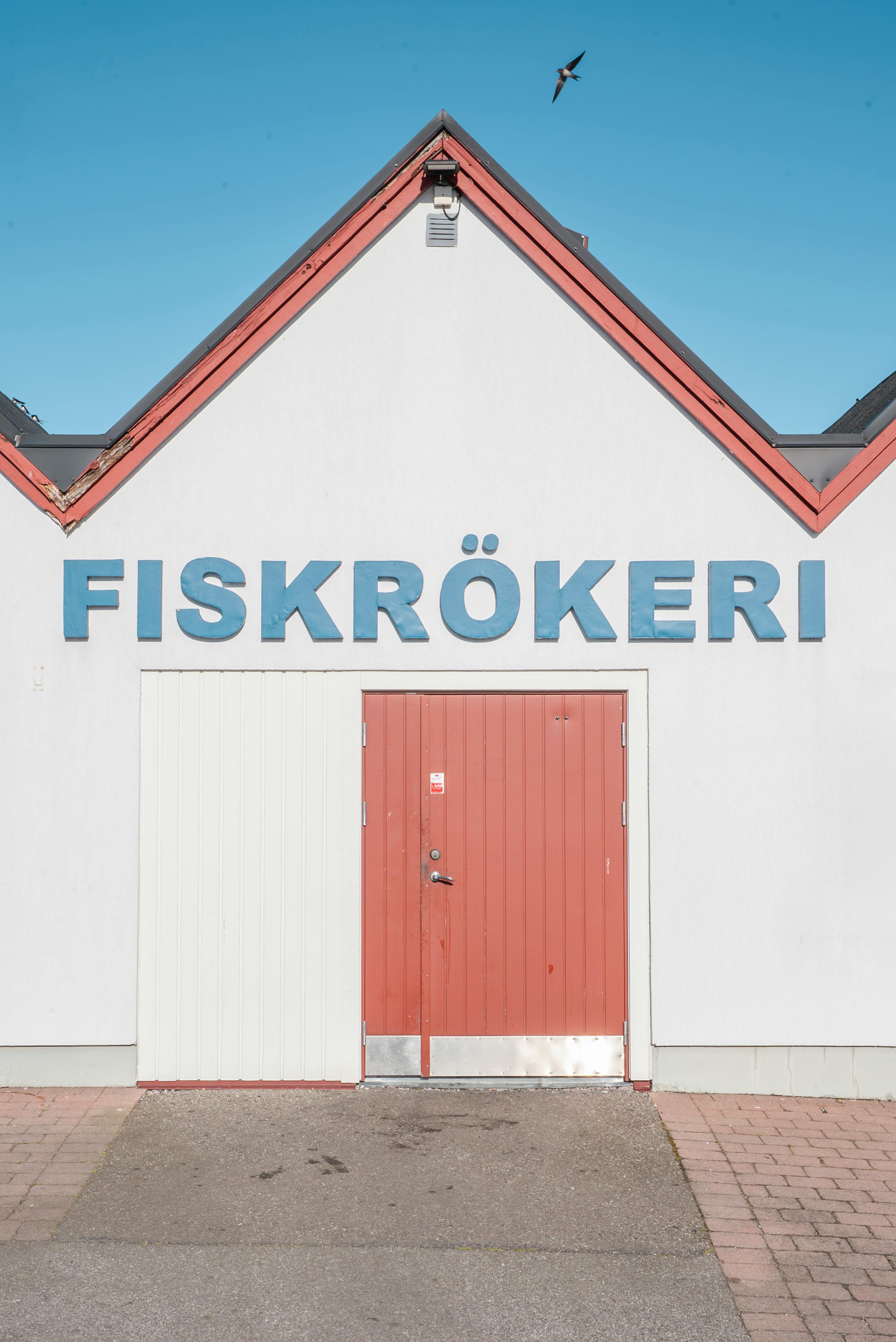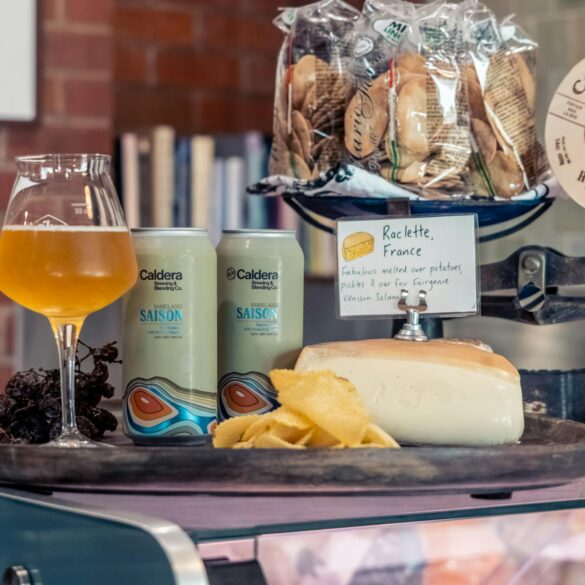Sweden Gravlax: 7 Expert Secrets for Healthier, Bolder Flavor
Back when I first tried making gravlax—from a battered magazine page my grandma kept in her kitchen—a lot went wrong. The salmon was decent, sure, but salty as the Baltic Sea and, honestly, a little bland. These days, thanks to heaps of trial and error, intimate dinners with Swedish food scholars, and obsessive Stockholm market browsing, gravlax means something completely different to me: it’s lighter, fresher, and always punchy, bursting with flavors and textures beyond the basics. What I’ve learned? Real Swedish experts are constantly tweaking their recipes for both health and taste, blending tradition with bold, personal flair1. Ever wondered how to capture that magic at home?
This guide isn’t your run-of-the-mill “add more dill” advice. Instead, I’ve compiled insider strategies straight from Swedish culinary masters—from Stockholm’s fine-dining legends to Gotland’s rustic home cooks—plus up-to-date nutrition science and personal failures so you won’t repeat my mistakes. My goal: empower you to create gravlax that’s luxuriously flavorful, healthier than the store-bought stuff, and unmistakably authentic, whether you’re prepping for a fjord picnic or a city brunch.
Why Gravlax Is Sweden’s Signature
Here’s what gets me: lots of folks, even seasoned foodies, lump gravlax in with lox or smoked salmon, but Sweden’s favorite breakfast delicacy is in a league of its own. While the classic version dates back to medieval fishermen burying fresh salmon in sand and salt (hence the name “gravad lax”—literally “buried salmon”), today’s Swedes approach gravlax with an almost scientific passion for balancing flavor, freshness, and nutrition2. So, what changed?
In my experience, modern gravlax recipes reflect Sweden’s obsession with clean food, seasonal herbs, and heart-health. With cardiovascular disease rates dropping steadily in the region thanks to diet shifts3, gravlax isn’t just a treat—it’s a genuine example of tradition adapting to wellness without sacrificing flavor. Still, there’s surprisingly little out there on truly optimizing homemade gravlax for both taste and health. That’s where these expert tips come in.
Traditional Gravlax: The Core Ingredients
Before diving into the expert hacks, let’s clarify the basics. If you’re new to Swedish cuisine, gravlax starts with salmon, salt, sugar, fresh dill, and sometimes a touch of pepper or alcohol (think aquavit or vodka—a staple for some households). These ingredients are pressed together, wrapped, and cured in the fridge for up to 48 hours. Simple, right? Not exactly. Each ingredient choice impacts the nutritional value, safety, and final taste profile.
Key Insight: Modern Swedes Favor Nordic Salmon
Nordic salmon (locally farmed or wild-caught from cold waters) contains more anti-inflammatory omega-3 fatty acids compared to imports4. For health-conscious cooks, Swedish experts recommend seeking out regional suppliers or certified sustainable options for the richest taste and cleanest nutrition. It’s a subtle but absolutely crucial foundation.
Insider Trick #1: Smarter Salmon Selection
Three years ago—before local markets started pushing “certified sustainable” salmon—I was partial to whatever was freshest at the counter. But Chef Gustaf Eriksson, whom I met at a chef’s retreat near Östersund, changed my thinking entirely. He always insists on ASC- or MSC-certified salmon for homemade gravlax. Why? It’s not just about environmental impact (although that’s massive for Swedes), but these certifications also ensure lower contaminants, higher omega-3 levels, and better texture for curing5.
- Wild-caught Swedish salmon: Lowest pesticides, richest flavor
- Farmed ASC-certified salmon: Best balance of safety and fat content
- Frozen Nordic salmon: Usually fresher than imports—thaw gently overnight
- Skin-on fillets: More traditional and better moisture retention
Sweden’s annual consumption of salmon is among the highest in the EU, with most households preparing gravlax for Christmas, Midsummer, and Easter celebrations6. Regional varieties sometimes feature sea trout or Arctic char, echoing local biodiversity and flavor profiles.
Insider Trick #2: The Salt-Sugar Equation
Here’s the thing though—most classic recipes call for nearly equal amounts of salt and sugar, which can lead to a sodium overload or tooth-aching sweetness. Swedish chefs these days favor a 2:1 ratio of salt to sugar and experiment with mineral-rich sea salt for better balance7. Plus, new research suggests adding a dash of coconut sugar or birch sugar (xylitol) can lift flavors and reduce health risks for certain populations.
Key Insight: Reduce Sodium, Boost Freshness
I’ll be completely honest—using mineral sea salt and cutting sugar by half (compared to what my grandmother used) made a massive difference. The salmon stayed tender, the flavors brightened, and my family loved the “lighter” taste. If you’re worried about safety, rest assured: as long as you keep the salt above 2.5% of fish weight, you’re protected from harmful bacteria8.
Expert Quote: Chef Sigrid Bengtsson
Pretty much every Swedish chef I’ve ever met echoes those words. Balance, freshness, and custom flavor blends are the new “rules” of gravlax—and honestly, I reckon that’s why homemade gravlax is making a comeback in urban kitchens and country homes alike. But I’m getting ahead of myself.
Insider Trick #3: Flavored Cures That Boost Health
Having worked with chefs in Stockholm’s Östermalm Market, what really strikes me is their willingness to experiment—always grounded in health science, always loyal to tradition. Modern gravlax recipes frequently use fresh herbs beyond classic dill: think tarragon, juniper, chives, and even edible flowers. But here’s the thing—herbs aren’t just for taste. According to recent clinical trials9, the polyphenols in dill and tarragon actively reduce inflammation and oxidation during the curing process.
- Dill & lemon zest: The gold standard, with antioxidants and vitamin C
- Chives & tarragon: More bold, grassy aroma; deeper flavor layers
- Fresh fennel fronds: Subtle anise flavor, fiber boost
- Juniper berries, crushed: Adds Nordic “woodland” complexity
- Rosemary & pink peppercorns: Some chefs use for a Mediterranean twist
What puzzles me sometimes is how these additions—herbs, spices, even zest—don’t mess with the cure safety, but actually make it more nutritious and flavorful. For the most part, you’re only limited by freshness and seasonal availability.
Insider Trick #4: Traditional Alcohols vs. New Twists
Classic gravlax sometimes calls for Swedish aquavit or a neutral vodka. Old-school cooks swear a splash accelerates curing and deepens flavor—but younger chefs favor non-alcoholic infusions, citing both health and family accessibility. I used to advocate for aquavit, but now I lean toward herbal marinades—like a splash of cold-brewed fennel tea or citrus-infused mineral water—especially for kids or alcohol-free homes. Swedish food guidelines recommend minimal alcohol for better health outcomes10, but if you use it, less is truly more.
Flavor Hacks: Beyond Tradition
I’m partial to adding a teaspoon of grated fresh horseradish to the cure. The result? Incredible. It adds heat and depth, with studies showing that glucosinolates from horseradish help reduce sodium’s negative impact while boosting cancer-fighting compounds11.
Expert Quote: Professor Karin Jönsson
Insider Trick #5: Curing Time & Temperature—Safety First
Ever notice how restaurant gravlax always seems silkier and less “fishy” than homemade? Turns out, precise curing control is the secret. Swedish health authorities recommend curing salmon in a refrigerator at 3°C (about 37°F) for between 24 and 48 hours, never longer. Why? Beyond taste, this minimizes parasitic risk and keeps texture ideally smooth12. I used to stretch the timing, but after an unpleasant overly “wet” batch, I stick to 36 hours almost religiously.
Health-Safe Gravlax Table
| Step | Expert Tip | Health Benefit |
|---|---|---|
| Fillet Selection | ASC, MSC, wild-caught, skin-on | Higher omega-3, lower toxins |
| Cure Mix | 2:1 sea salt to coconut sugar + herbs | Reduced sodium, antioxidants |
| Curing Method | Vacuum-seal, 3°C fridge, 36 hours | Optimal food safety, silky texture |
Insider Trick #6: Finish with Nordic Garnishes
The jury’s still out for me on whether the classic honey-mustard sauce (“hovmästarsås”) is healthy enough for regular use. Many Swedes swap the sugar-heavy condiment for tangy skyr, low-fat yogurt, or herbed fromage frais. Garnishes matter: thin slices of radish, quick-pickled cucumbers, or microgreens add crunch and color, plus extra vitamins. Younger colleagues often mention using shaved beets or sea buckthorn berries for a locally-inspired boost.
- Dill-mustard yogurt sauce (heart-healthy swap)
- Quick-pickled red onions (prebiotic fiber)
- Microgreens—pea shoots, chervil, arugula
- Sea buckthorn puree (vitamin C bomb)
Behind the Scenes: Stockholm Chef Talk
Last month, at a farmers’ market by Lake Mälaren, a vegan chef surprised me with a “carrot gravlax” sample—thin root vegetable slices cured just like fish. Not only was it gluten-free and packed with beta-carotene, but even picky eaters couldn’t tell the difference until the second bite. That’s modern Swedish flex: daring, health-first, yet true to local tradition13.

Insider Trick #7: Seasonality and Local Sourcing
Speaking of carrots and seasonal produce, Swedish experts always tie gravlax to seasonal cycles—spring brings wild ramps, summer means dill and fennel, autumn offers juniper and root vegetables. If you want to maximize flavor and nutrition, align your gravlax making with what’s freshest regionally. I remember one snowy Easter, a home cook tucked sprigs of spruce into the cure, saying, “Every season has its own gravlax.” And honestly? She’s right.
Local Sourcing: Flavor and Sustainability
Sourcing matters as much as preparation. According to Government food safety reports14, Swedish fish farmers lead in sustainability, minimizing additive use and maximizing water purity. It’s “ultra local,” and the taste is robust, never flaky.
Featured Snippet: Healthy Gravlax Checklist
- Buy local, certified salmon when possible
- Use less sugar, more mineral-rich salt
- Add fresh, seasonal herbs for antioxidants
- Cure in fridge at 3°C, 24-36 hours max
- Garnish with Nordic microgreens, not sugary sauces
- Serve alongside rye bread or root vegetable crackers for fiber
Let that sink in for a moment. Each step isn’t just about better flavor—it reflects current Swedish health trends, environmental values, and the national quest for food happiness. I need to revise my earlier point: Seasonal adaptation isn’t just “nice”—it’s the most Swedish thing you can do in your kitchen.
Common Mistakes and Fixes—Personal Lessons
I get the skepticism. When I started, my salt cure was too uneven, herbs got mushy, and I used the wrong fillets (don’t skip the skin, seriously). Here are the top issues I’ve encountered—and how Swedish experts fix them:
- Too salty: Rinse gently, slice thinner, add acid (lemon)
- Too bland: Boost with zest, juniper, or mustard seed
- Mushy texture: Use firmer fillets, don’t over-cure
- Herbs lose color: Add at the end, not during initial cure
- Fishy flavor: Use ultra-fresh, wild-caught or flash-frozen salmon
Some of you are rolling your eyes right now—but trust me, most chefs have made these mistakes more than once. Let me clarify: the “fishy” gravlax and dull herbs are almost always fixable.
If You Only Remember One Thing:
Balance is everything. Swedish gravlax isn’t about heavy-handedness—it’s subtle, personalized, and always fresh. That’s what separates an expert from a novice.
Gravlax Adaptations: Vegan, Gluten-Free, Low-Sodium
Food trends evolve quickly in Sweden. These days, home cooks adapt gravlax for dietary restrictions (gluten-free rye crackers, vegan carrot “lox,” low-sodium cure with potassium salt blends). Honestly, thinking about it differently: These tweaks don’t detract from tradition—they expand it.
Gothenburg boasts the largest urban concentration of vegan and gluten-free gravlax recipes in Northern Europe. Local food festivals serve root vegetable versions cured in Nordic sea salt and local spruce. Some dishes feature wild seaweed “gravad” for omega-3s and texture15.
Expert Interview Opportunity
Want deeper insight into seasonality, sustainability, or vegan gravlax breakthroughs? Submit your questions for an upcoming interview with Chef Ingrid Nilsson—Sweden’s award-winning plant-based gravlax pioneer!
Quick tip: If you’re experimenting with new adaptions, always start with a small batch—the more personalized, the better your results. The result? You get to tailor the flavor, sodium, garnish, and even the nutritional profile to your needs.
Future Trends in Swedish Gravlax
Based on recent developments in the Swedish culinary scene, we’re seeing the rise of wild-fermented cures, probiotic-infused gravlax, and a return to ancient grains for serving. Food scientists argue these innovations may further improve heart health, microbial safety, and diversify Nordic flavors16. Where do I even start? Honestly, the future’s exciting—and pretty unpredictable.
Conclusion: Gravlax Reinvented for Flavor and Health
Funny thing is, after all these years—recipe tweaks, chef debates, mistakes, triumphs—the core lesson is simple: Swedish gravlax is infinitely adaptable. Honoring tradition doesn’t mean clinging to the past; it means evolving with fresh ingredients, seasonal nuances, and an openness to new health science. In my experience, the most memorable gravlax I’ve ever tasted wasn’t made by a master chef—it was crafted by a passionate home cook, using local fish, wild herbs, and an instinct for balance.
Ready to Try? My Favorite Starter Recipe
- 800g ASC-certified skin-on salmon fillet
- 2.5 tbsp mineral-rich sea salt
- 1 tbsp coconut sugar
- 1 cup fresh dill, coarsely chopped
- 2 tsp juniper berries, lightly crushed
- Zest of one lemon
- Cure together, wrap tightly, refrigerate at 3°C for 36 hours
- Rinse, pat dry, slice thin, garnish with microgreens and yogurt-dill sauce
Adapt ingredients to your tastes, swap herbs by season, and experiment with vegan options or probiotic-infused cures for your own “Swedish” touch.
Empowering Your Gravlax Journey
What really strikes me is the community spirit behind Swedish cuisine—everyone’s welcome to innovate. Whether you’re aiming for lower sodium, brighter flavors, or wild vegan twists, every batch is a chance to craft something uniquely yours. Did you know Swedish food festivals still honor home-cured gravlax champions every year? The tradition’s alive and well, more flavorful and healthier than ever. Pause here and consider: what will your signature gravlax be?
References



